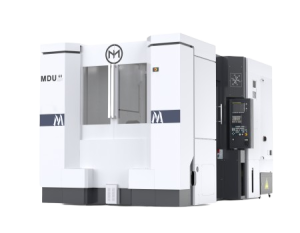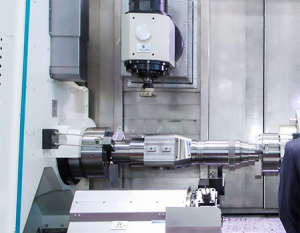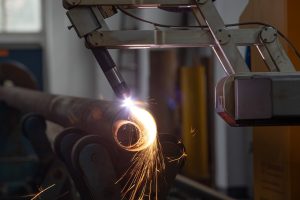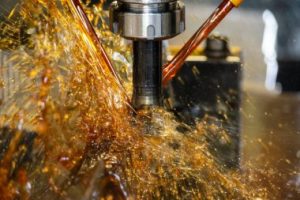What happens when mechanical technology meets culinary art? In recent years, 3D printing has moved beyond industrial manufacturing and into everyday life. It is now used not only in advanced fields like healthcare and aerospace but also on our dining tables. 3D printing food is becoming a perfect example of combining technology with food culture. From creating intricate dessert decorations to meeting personalized health needs, it is changing how we define and experience deliciousness. It brings unique dining experiences and adds more creativity to food.
Compared to traditional food processing methods, 3D printing food offers precise control to achieve incredible shapes and textures. It also allows customizing nutrition based on individual needs. Whether it’s low-sugar diets, high-protein meals, or plant-based innovations for sustainability, 3D printing food is becoming a key focus in modern dining. In addition, it reduces waste and preserves the nutrients in ingredients, showing great potential for sustainable development.
This technology-driven food revolution is moving from restaurants to homes. It is transforming how we make, enjoy, and even produce food. Let’s explore how 3D printing food works, how it differs from traditional methods, and how it performs in taste, nutrition, and sustainability.
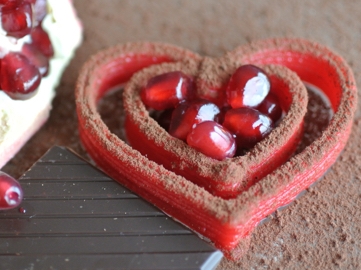
How 3D Printing Food Works
The basic principle of 3D printing food is similar to traditional 3D printing. It builds physical objects by stacking materials layer by layer. When it comes to food printing, the process usually works like this:
Digital Design: First, the user creates a 3D model. This model represents the shape, structure, or pattern of the food they want to make. Design software, such as CAD, helps users create or modify the model with precision.
Converting to a Printable File: After designing the 3D model, the user converts it into instructions that the printer can follow, usually in an STL file format. These instructions guide the printer step by step to build the food.
Choosing Ingredients: Unlike traditional methods, 3D printing food uses ingredients that can flow or be squeezed, such as chocolate, frosting, cream, fruit puree, or dough. These ingredients are softened by heating or kept at the right temperature to make them easy to print through the nozzle.
Layer-by-Layer Printing: The printer carefully stacks the ingredients layer by layer. After each layer is printed, the machine moves the nozzle according to the program and starts printing the next layer. With each layer, the food gradually takes shape.
Cooling or Hardening: During the printing process, some ingredients may need cooling or hardening. For example, chocolate hardens as it cools, allowing the printed structure to hold its shape.
This process stands out for its high precision and control. It allows the creation of complex shapes and structures that are hard to achieve with traditional methods. It can even produce very intricate textures and fine details.
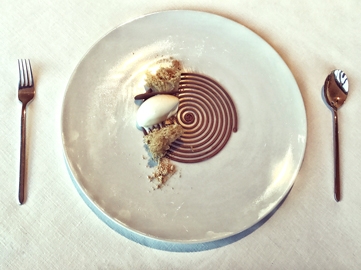
Differences Between 3D Printed Food and Traditional Food Processing
Traditional food processing methods include cutting, mixing, baking, frying, and other techniques. These processes mostly rely on mechanical operations, heat treatment, and manual work to shape food and adjust its taste. In contrast, 3D printed food offers several key differences:
Precision and Design Freedom:
Traditional methods often limit the shape and structure of food, especially when dealing with complex geometric shapes and fine details. However, 3D printing technology allows for extremely precise layering. It can create intricate designs, unique patterns, and complex structures. For example, you can print food with delicate textures or special geometric patterns that are difficult to achieve through cutting or carving techniques.
Personalization and Customization:
Traditional food processing usually focuses on mass production, making full personalization challenging. On the other hand, 3D printing food can meet individual needs with ease. Whether it’s a customized cake decoration, a personalized chocolate shape, or a uniquely shaped candy, 3D printing makes these ideas possible.
Variety of Ingredients:
Traditional methods often use standard ingredients and may be limited to certain types. In comparison, 3D printing allows for the use of a wide range of printable materials. From chocolate and frosting to fruit puree, cream, and dough, even innovative plant-based or healthy ingredients can be used. This variety adds endless creative possibilities to food production.
Time-Saving and Efficiency:
Traditional baking and decorating processes often require significant manual labor and time. With automation, 3D printing can greatly reduce the time needed. For instance, creating a detailed cake decoration with 3D printing takes a fraction of the time compared to hours of manual sculpting.
Low-Temperature Processing to Retain Nutrients:
Many traditional methods, such as baking or frying, involve high heat, which can reduce the nutritional value of ingredients. In contrast, 3D printing uses low-temperature processing. This helps retain nutrients in raw materials, making it ideal for creating healthy and nutrient-focused food items.
Eco-Friendliness and Waste Reduction:
Traditional food processing sometimes generates waste, especially during cutting and carving. 3D printing technology allows for precise control of ingredient usage, reducing unnecessary waste. It also enables ingredient reuse, such as repurposing leftover frosting or chocolate for other designs. This makes the process more sustainable and environmentally friendly.
3D printers can produce the following types of food:
Chocolate and candy
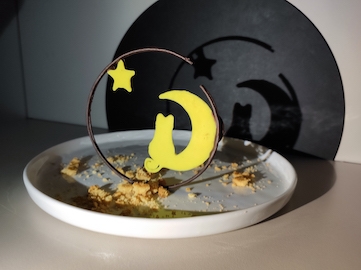
Cake decorations and desserts
Dough and pasta
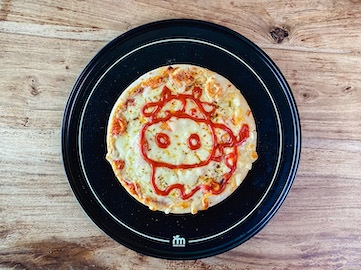
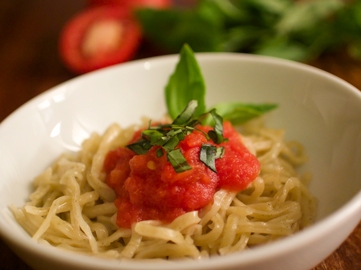
Fruit and vegetable purees
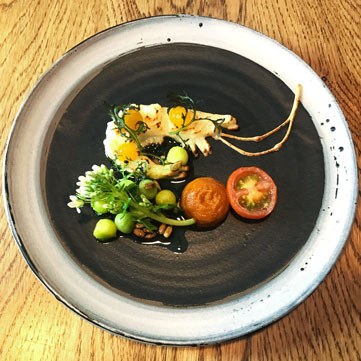
Plant-based foods (e.g., vegan meat, imitation seafood)
Meat paste and protein-based foods
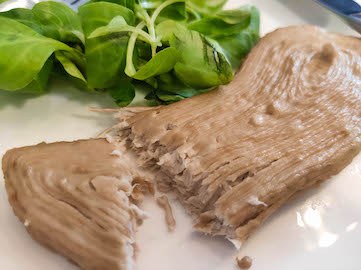
Jelly and creative beverages
Taste Experience: How Does 3D Printed Food Feel?
The innovative process of 3D printing food makes many people curious about its taste. Can it match traditional food? Will it lose its deliciousness? The answer depends on the printing technology and the combination of ingredients.
With precise layering and modeling, 3D printing technology can already create foods like melt-in-your-mouth chocolate, layered pastries, and custom foods with unique textures. Plus, using custom recipes, 3D printed food can retain the original flavors of the ingredients while creating experiences that traditional methods cannot achieve. Of course, some high-fiber or complex-structured ingredients still pose challenges, but these issues will improve as the technology advances.
For consumers, trying 3D printed food is an exciting experience. Especially with desserts like chocolates and sweets, the creative shapes and textures make it a delightful surprise.

Nutritional Value: Is 3D Printed Food Healthy?
Beyond taste, the nutritional value of 3D printed food is another big concern. Many people worry whether this “tech food” lacks nutrition or could even be unhealthy.
In fact, one of the biggest advantages of 3D printed food is its ability to customize nutrition. By precisely controlling the proportions of ingredients, it can adjust nutritional content to meet individual needs. For example, it can create high-protein meals for athletes, low-sugar options for people with diabetes, or specialized diets for seniors and children. When using high-quality ingredients, the nutritional value of 3D printed food is no less than that of traditional foods.
This means 3D printed food is not only healthy but also personalized. It can adapt to individual needs, making diets more scientific and balanced.
Home 3D Food Printers: Are They Suitable for Families?
For regular consumers, the accessibility and practicality of home 3D food printers are important topics to consider. Although these devices are still quite expensive, their ease of use is improving steadily.
Modern home devices have simplified the printing process. You only need to prepare the ingredients and choose a template, making it easy for almost anyone to operate. This is especially appealing to families with specific dietary needs, such as fitness enthusiasts focusing on healthy eating or seniors and children requiring customized nutrition.
If your household values personalized meals and enjoys exploring new technologies, a home 3D food printer can be a great choice.
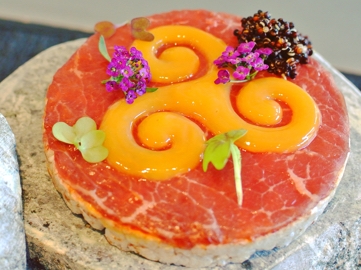
Conclusion: 3D Printed Food, Shaping a New Era of Dining
3D printed food is redefining our understanding of dining with its innovative approach. From intricate designs to personalized nutrition, it not only meets modern demands for taste and health but also offers new possibilities for future dining models. If you have any questions about 3D food printing technology or equipment, feel free to contact us. Minnuo is happy to provide assistance and support as we explore this promising field together.







